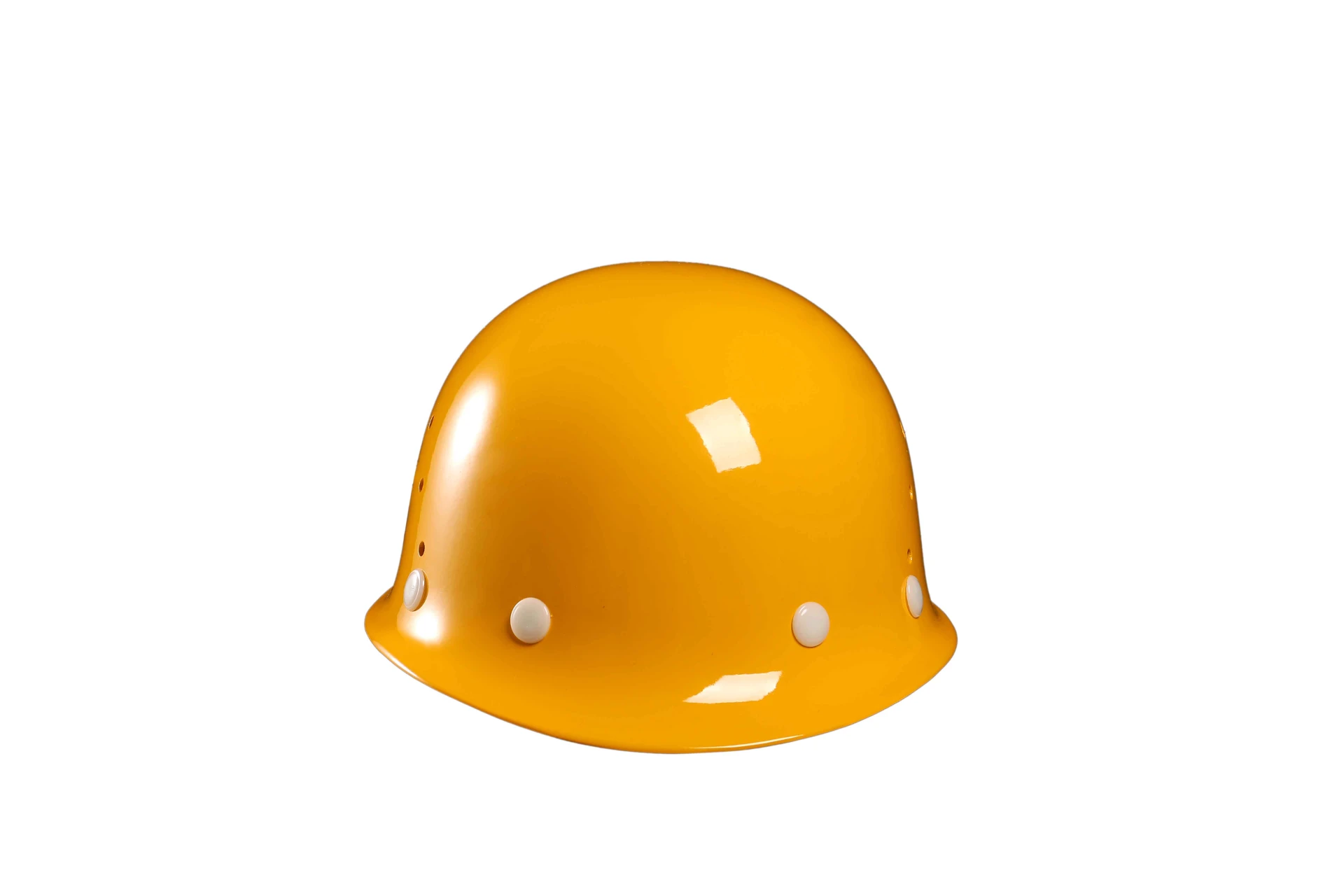Choosing the Right Safety Helmet for Construction Site Protection and Compliance
The Importance of Safety Helmets for Construction Sites
Construction sites are dynamic environments filled with numerous hazards that can pose significant risks to workers' safety. Among the various safety measures implemented to protect employees, the use of safety helmets stands out as a fundamental requirement. Safety helmets, often referred to as hard hats, play a crucial role in safeguarding workers from head injuries resulting from falling objects, bumps, and electrical hazards. This article explores the importance of safety helmets for construction sites and highlights best practices for their use.
1. Protection Against Head Injuries
The primary function of safety helmets is to protect the head from injury. On construction sites, there is a constant risk of tools, equipment, and materials falling from above. A worker standing beneath scaffolding or near elevated platforms could easily be struck by an object. According to the Occupational Safety and Health Administration (OSHA), head injuries are among the leading causes of fatalities in construction. Wearing a safety helmet significantly reduces the severity of potential injuries, saving lives and preventing debilitating consequences.
2. Compliance with Regulations
Many countries have established regulations that mandate the use of safety helmets in construction. For instance, OSHA standards require employers to ensure that all employees in areas where there is a risk of head injury wear appropriate head protection. Failing to comply with these regulations can lead to serious penalties for employers, including fines and legal liabilities. Moreover, adherence to safety regulations fosters a culture of safety, encouraging workers to prioritize their well-being while performing tasks in hazardous environments.
3. Improved Visibility and Communication
Modern safety helmets are often equipped with additional features that enhance visibility and communication on construction sites. Many helmets come with reflective strips, bright colors, and integrated lights that make workers more visible, especially in low-light conditions. This visibility is crucial for ensuring that all workers are aware of each other’s presence, reducing the likelihood of accidents. Furthermore, helmets can be equipped with communication devices, allowing workers to maintain contact with one another in noisy environments, thereby improving teamwork and efficiency.
safety helmet for construction site

4. Different Types of Helmets for Different Hazards
Safety helmets are not a one-size-fits-all solution. Depending on the nature of the construction work, various types of helmets may be necessary. For example, some helmets are designed to protect against electrical hazards, incorporating non-conductive materials to prevent electrical shock. Others might have additional features such as face shields or ear protection for specific tasks like welding or heavy machinery operation. It is essential for construction managers to assess the specific risks of a job site and provide appropriate helmets for workers.
5. Maintenance and Replacement
To ensure maximum protection, safety helmets need to be properly maintained and replaced when necessary. Employers should inspect helmets regularly for any signs of wear and damage, such as cracks, dents, or degradation of the suspension system. Most manufacturers recommend replacing helmets every 2-5 years, depending on usage and exposure to elements. Moreover, helmets that have been involved in an impact should be replaced immediately, regardless of visible damage, as their ability to protect may be compromised.
6. Promoting a Safety Culture
Finally, the consistent use of safety helmets on construction sites encourages a culture of safety. When workers observe their peers adhering to safety protocols, they are more likely to follow suit. Training sessions that emphasize the importance of wearing safety helmets, combined with visible leadership commitment to safety, can create an environment where safety is prioritized. Additionally, providing incentives for injury-free periods can further motivate workers to adopt safe practices.
Conclusion
In conclusion, safety helmets are indispensable in the construction industry. They protect workers from head injuries, ensure compliance with regulations, enhance visibility, and can be tailored to address specific hazards. Proper maintenance and a commitment to fostering a safety culture are essential to maximizing the effectiveness of these vital safety tools. As the construction industry continues to grow, prioritizing the safety of workers through the use of helmets will remain a critical component in preventing injuries and ensuring a safe working environment.
-
Women's Safety Clothing Canada | AI-Enhanced Workwear
NewsAug.03,2025
-
Top Safety Clothing with AI-Driven Protection
NewsAug.02,2025
-
Top HDPE Safety Helmets - Lightweight, Durable Head Protection
NewsAug.01,2025
-
Top AI Safety Clothing with GPT-4 Turbo | Smart Protection
NewsJul.31,2025
-
Face Shield Safety Helmet with GPT-4 Turbo AI Safety
NewsJul.31,2025
-
CE Working Clothing for Construction & Welding Safety
NewsJul.30,2025
